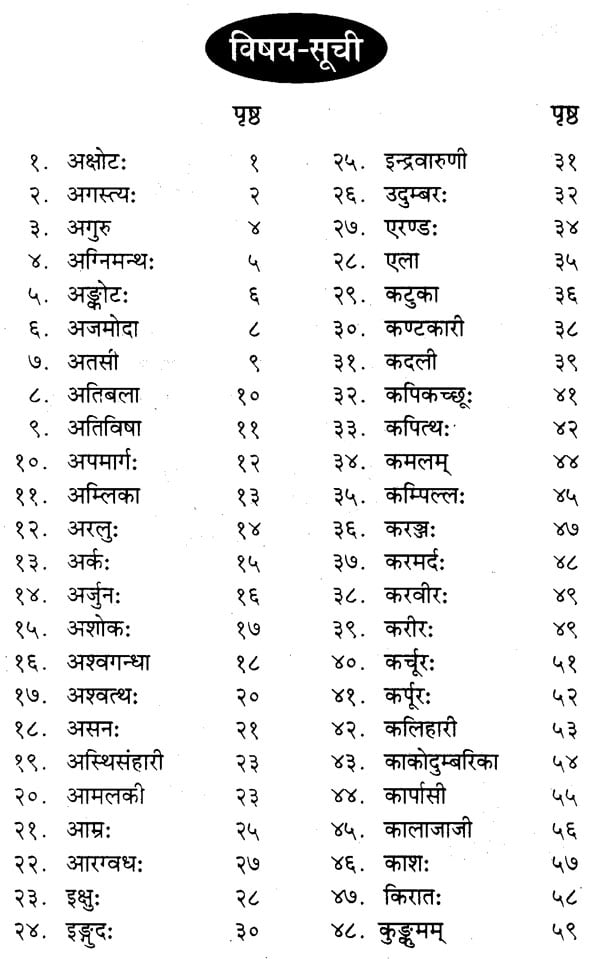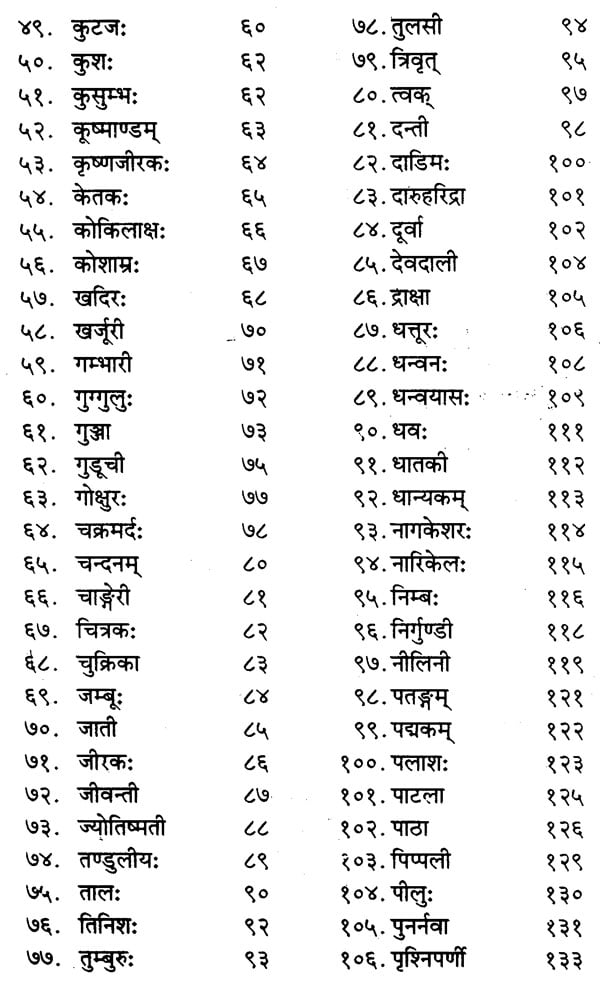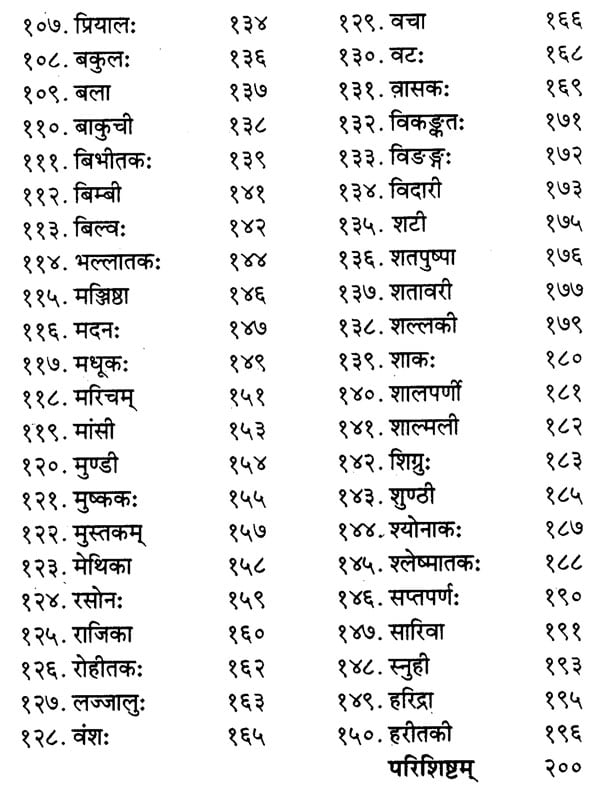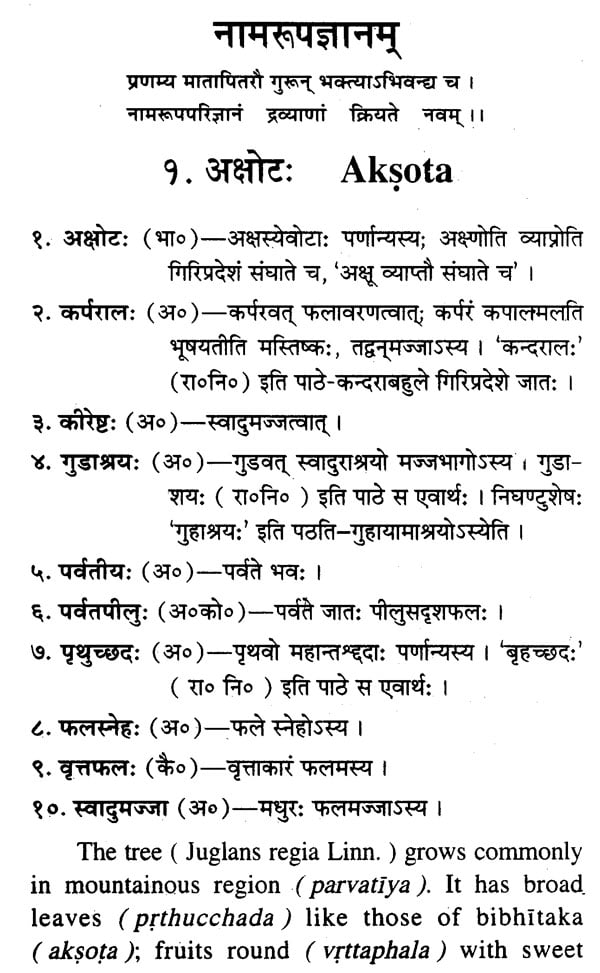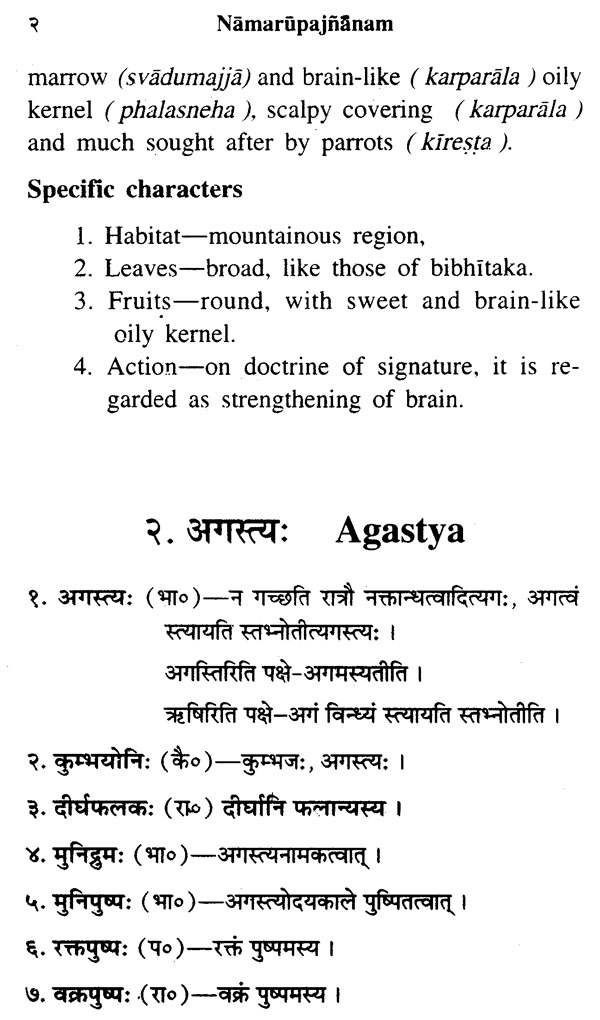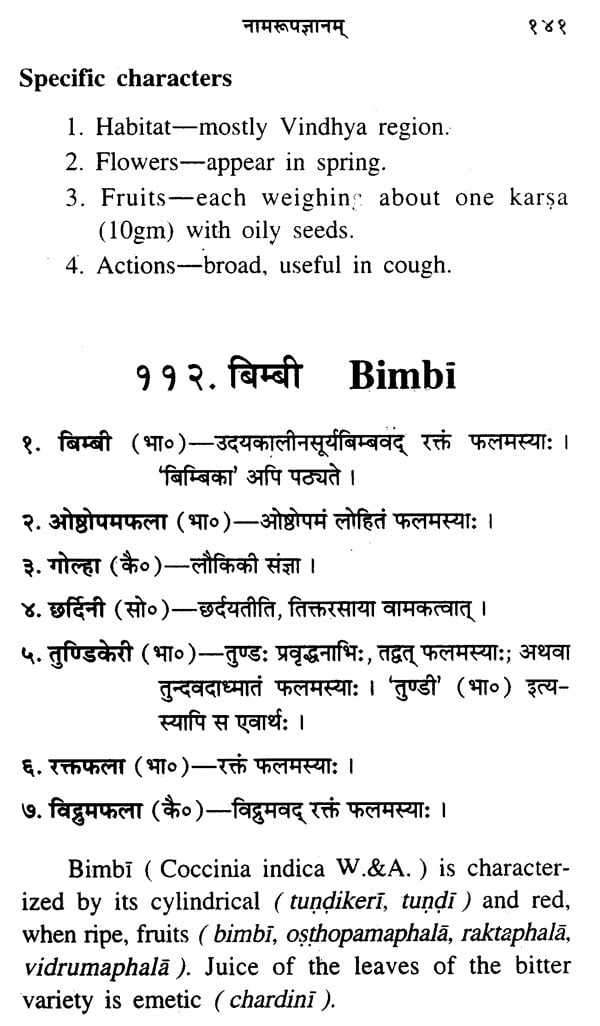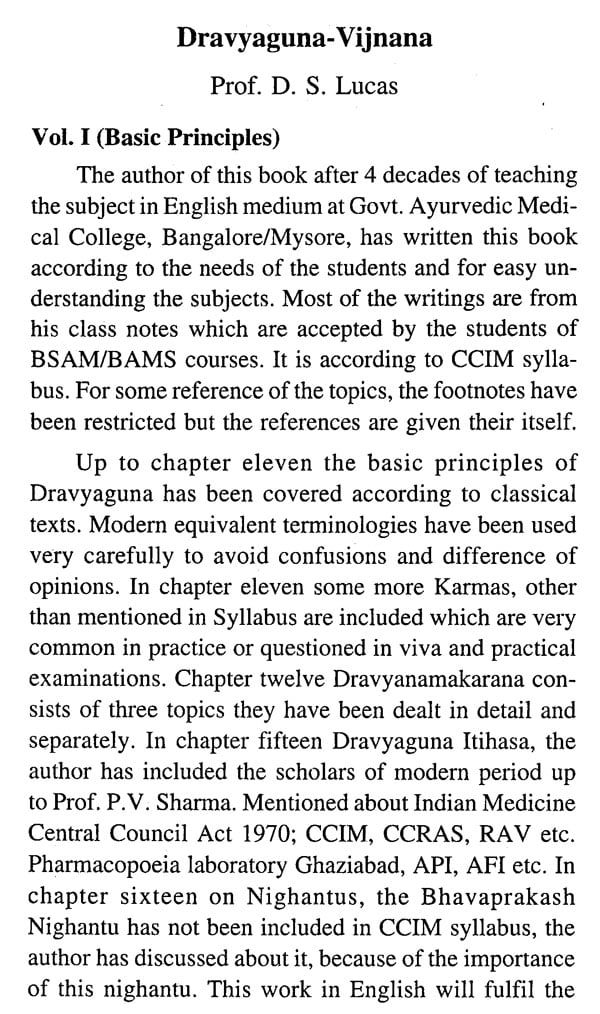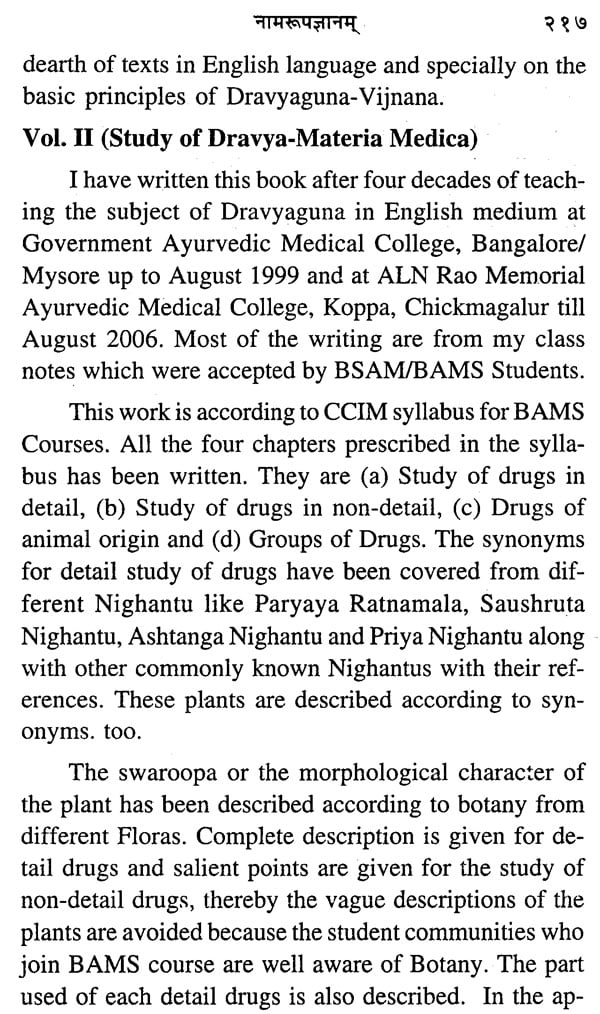
Namarupajnanam (Characterization of Medicinal Plants Based on Etymological Derivation of Names and Synonyms)
Book Specification
| Item Code: | NAW325 |
| Author: | Priya Vrat Sharma |
| Publisher: | Chaukhambha Visvabharati , Varanasi |
| Language: | Sanskrit and English |
| Edition: | 2018 |
| ISBN: | 9789381301098 |
| Pages: | 218 |
| Cover: | PAPERBACK |
| Other Details | 8.50 X 5.50 inch |
| Weight | 270 gm |
Book Description
Namarupajnana has been prescribed as a subject under the postgraduate course in Dravyaguna and is also a portion in undergraduate course in the subject. The present book is the premier publication on the subject and would serve as a guide for students, teachers and research scientists.
Born on 1st November, 1920, in a small village near Patna, in the family of traditional Vaidyas he acquired highest degrees in Ayurveda, Sanskrit and Hindi and held highest positions in academic and administrative fields. In Bihar, he was for many years, principal, Government Ayurvedic College, Patna and later Dy. Director, Health Services (I.M.). Finally he was appointed as professor of Dravyaguna and also Head of the Dravyaguna Deptt. in Banaras Hindu University. Along with this, he was also Director, Post-graduate Institute of Indian Medicine and Dean, Faculty of Indian Medicine for many years. He retired in 1980. Prof. Sharma participated in National and International conferences abroad and was associated with several committees on Ayurveda on National level. He has authored and edited 50 books and has about 500 papers to his credit.
Nama (name.) and rupa (form) are linked with each other like word and its meaning in order to distinguish objects. In recent times, Namarupajnana' has been designated as a distinct branch of Dravyagunavijnana.
On the other hand, there are instances where a single synonym is applied to different entities. They are called naighantuka aikapadika respectively.
Ancients were keen observers of Nature and coined exact synonyms to designate specific characters of plants. For instance, the name .karbudara' for kancara coined by Caraka suggests the variegated character of one of the petals on which the Latin name Bauhinia variegate is based.
As synonyms were the only tools for describing the plants the process was continuous and new synonyms were coined from time to time. This is evident from going through different texts in historical perspective. Some instances are given here. For haritaki, abhaya and pathya are used as synonyms by Caraka while cetaki and prananda are seen only in Astangahrdaya not in other two great sarphitds which proves their later development. Similarly, 'kasmirajanma' for kunkuma is used in Astangahrdaya first which indicates the cultivation of saffron in Kashmir by that time.
The process continued further in medieval period and apart from addition of new drugs and plants new synonyms were coined to indicate the particular characters observed during that period. The synonym 'goharitaki' for bilva found in Kaiyadevanighantu indicates its prevalent use in veterinary practice.
**Contents and Sample Pages**

